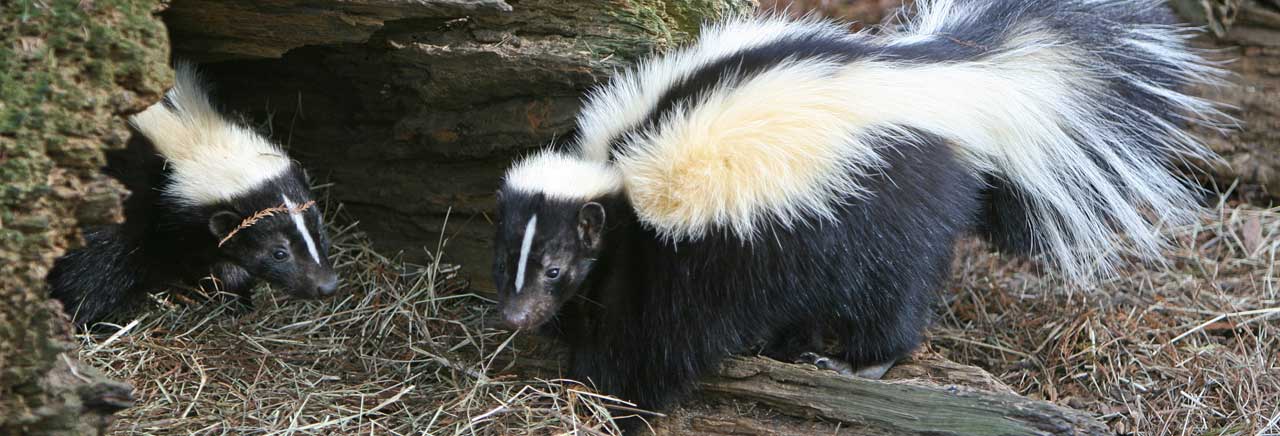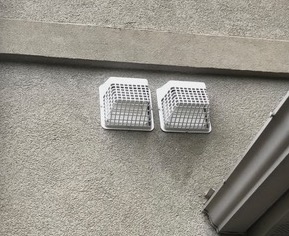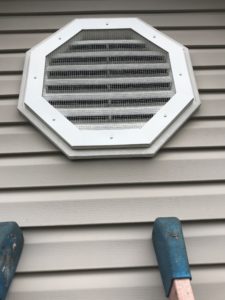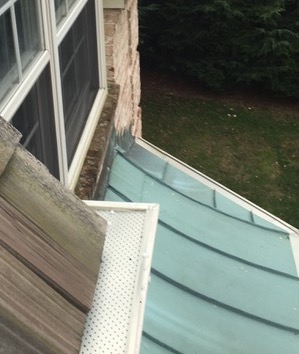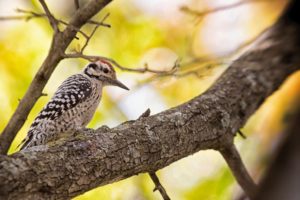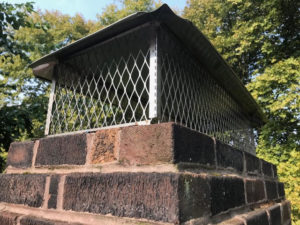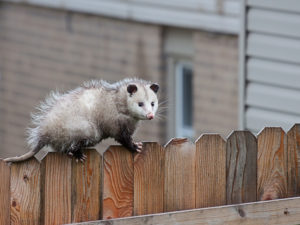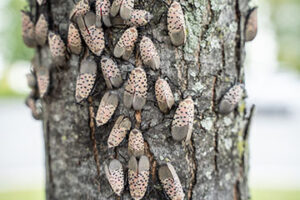
We’re sure you’ve heard about the spotted lanternfly and the damage they cause. While we don’t handle bug issues, we’ll highlight a few facts about them and what you should be doing to protect your trees and plants!
What does the spotted lanternfly look like?
Spotted lanternflies look different depending on their stages of growth. There are three stages of growth for a spotted lanternfly: early nymphs, late nymphs, and adults.
The early nymphs are very small, they are all black with white spots. A late nymph is slightly larger in size and begins to show their vibrant red color on its body.
Adult spotted lanternflies are the only stage that can fly; they are extremely noticeable due to their colorful wings. These adults emerge in July and stick around until late fall.
Where did they come from and what do they do?
The spotted lantern fly is an invasive plant hopper from Asia. They negatively impact crops such as grapes, hopes, and hardwoods. They are technically a plant stressor-they do not kill all plants or trees.
Moreover, the eggs they lay in the fall hatch in the spring. Egg masses are laid on hard surfaces like trees, decks, houses, et cetera.
Signs of an infected tree or plant include oozing sap from trees, wilting, leaf curling, and tree dieback.
What should I do if I see them?
Penn State University states five steps for spotted lanternfly control:
- Stop the spread
- Scrape egg masses
- Use tree traps to catch nymphs
- Remove host plants
- Apply insecticides
Scraping and destroying an egg mass prevents 30-50 eggs from being hatched. Furthermore, we highly recommend using bands or traps on trees with a screening system in place to prevent squirrels or other animals from being stuck to the strips.
Look out for their host plants and trees! Their preferred tree is the tree of heaven. They also like pine trees, apple trees, grapevines, and other various fruit-producing trees. A full list can be found here.
As of Summer 2021, Penn State also recommends an effective trapping method that operates by trapping immature lanternflies. By studying their behavior patterns for a few years, they are able to predict where the nymphs will fly out.
Registered insecticides are also available. All insecticides used must be approved by the Environmental Protection Agency. We do not use pesticides or repellant sprays, so a pest control company would be the best to contact for spotted lanternfly control.
